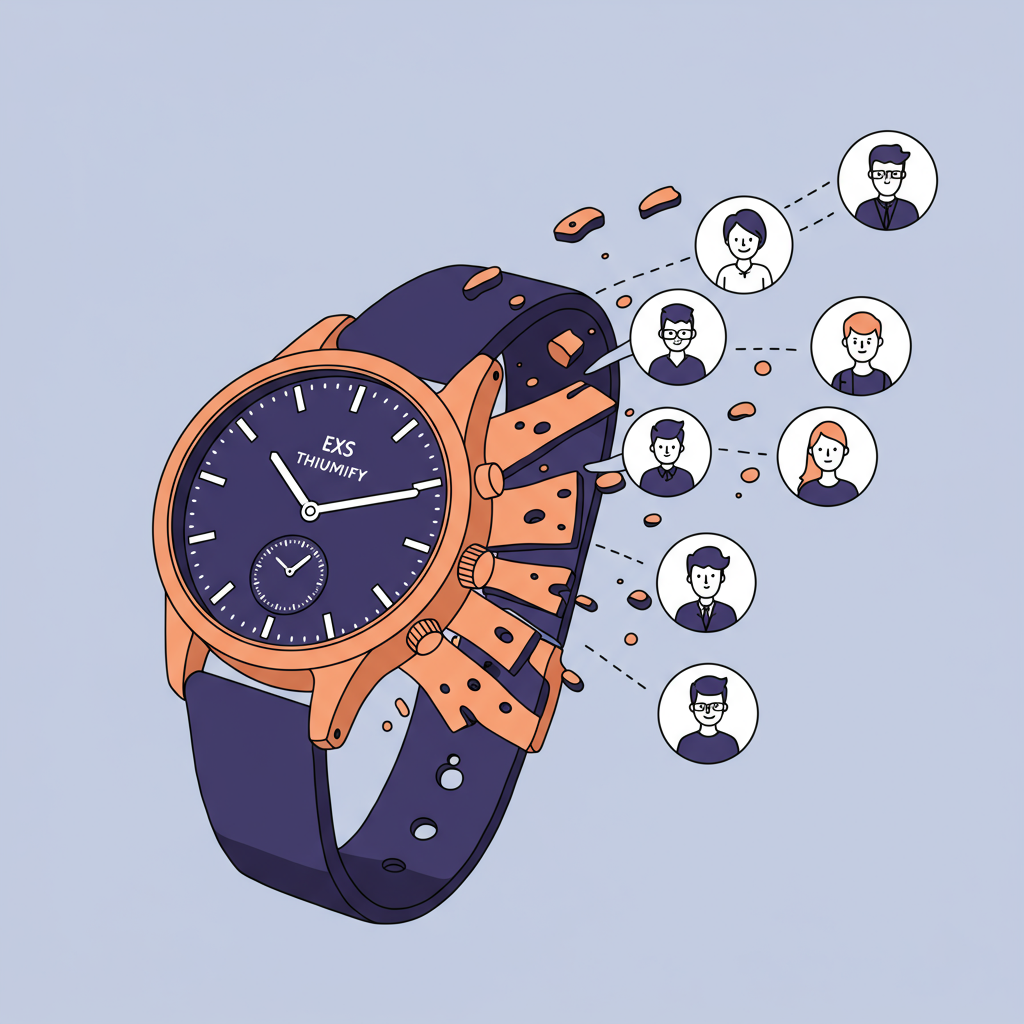Increase Accessibility and Liquidity for Your High-Value Inventory
Hello fellow merchants! Today, I want to talk about a truly innovative concept that could revolutionize how we sell high-value products on Shopify: fractionalized product ownership.
Imagine being able to sell a piece of a luxury watch, a share of a rare collectible, or a fraction of an expensive piece of art. This isn’t just a futuristic idea; it’s a powerful strategy gaining traction.
Fractionalized ownership means dividing a high-value asset into smaller, more affordable units, allowing multiple individuals to own a portion of it.
For us, as Shopify merchants, this opens up incredible opportunities to tap into new customer segments and unlock liquidity from products that might otherwise sit in inventory for extended periods.
My goal today is to walk you through what fractionalized product ownership entails, why it’s a game-changer, and how you might begin to implement it within your Shopify store.
The primary benefit is **increased accessibility**. A $10,000 item becomes accessible to someone who can afford $100 or $1,000. This dramatically expands your potential customer base.
Think about it: instead of waiting for that one buyer for a high-end item, you can now appeal to dozens or even hundreds of buyers, each purchasing a smaller, more manageable share.
This directly leads to the second major advantage: **enhanced liquidity**. High-value items often have long sales cycles. Fractionalization can significantly speed up sales.
By selling multiple fractions, you can realize the full value of your product much faster, freeing up capital and improving your cash flow.
It also creates **new revenue streams**. You’re not just selling products; you’re selling “investment opportunities” or “shared experiences,” which can command different pricing strategies.
This model can also foster a unique sense of **community**. Owners of a shared asset might connect, discuss, and even collectively decide on the future of the item.
From a marketing perspective, fractional ownership is a powerful differentiator. It’s a unique selling proposition that can generate significant buzz and media attention for your brand.
What kind of products are suitable for this model? Think luxury goods, rare collectibles, high-end electronics, vintage items, fine art, or even unique digital assets.
Any product with a high perceived value and a limited supply could be a perfect candidate for fractionalization. The key is that the item holds its value or appreciates over time.
Now, let’s address the elephant in the room: how do we actually implement this on Shopify? Shopify’s native platform isn’t built for this out-of-the-box.
The most robust solution would involve **custom app development**. This allows for precise tracking of ownership, management of shares, and potentially a secondary marketplace.
A custom app could integrate with Shopify’s API to manage product inventory (representing shares), customer accounts, and order fulfillment for the “fractions.”
Alternatively, you might explore existing third-party apps that offer some form of bundling or subscription, though true fractional ownership requires more sophisticated tracking.
For a simpler, more manual approach, you could sell “units” of a product and track ownership in an external database, but this quickly becomes unmanageable as you scale.
Key features for any fractional ownership system include: a clear ledger of who owns what percentage, a mechanism for transferring ownership, and secure storage of the physical asset.
Legal considerations are paramount. You need clear terms of service outlining what ownership of a fraction entails: voting rights, usage rights, and potential resale rights.
Who holds the physical item? This requires a trusted custodian, secure storage, and insurance. These logistical details must be ironed out before you launch.
You’ll also need to consider the regulatory landscape. While selling fractions of physical goods typically isn’t considered a security, it’s crucial to consult legal counsel to ensure compliance.
The underlying technology for many fractional ownership platforms is often blockchain or NFTs, providing immutable proof of ownership and facilitating transparent transactions.
While you don’t necessarily need to dive deep into blockchain, understanding its potential for secure, transparent ownership tracking is beneficial for future-proofing your strategy.
So, to recap, fractionalized product ownership on Shopify offers incredible potential for increasing accessibility, boosting liquidity, and creating unique customer experiences.
It’s a forward-thinking approach that can transform how we perceive and sell high-value inventory, moving beyond traditional one-to-one sales.
It requires careful planning, potentially custom development, and a solid understanding of the legal and logistical implications, but the rewards can be substantial.
I truly believe this model will become increasingly prevalent in e-commerce, especially for niche markets dealing with luxury or collectible items.
What do you think about this approach? Do you see opportunities for your own Shopify store, or do you foresee significant challenges? I’d love to hear your perspective.






